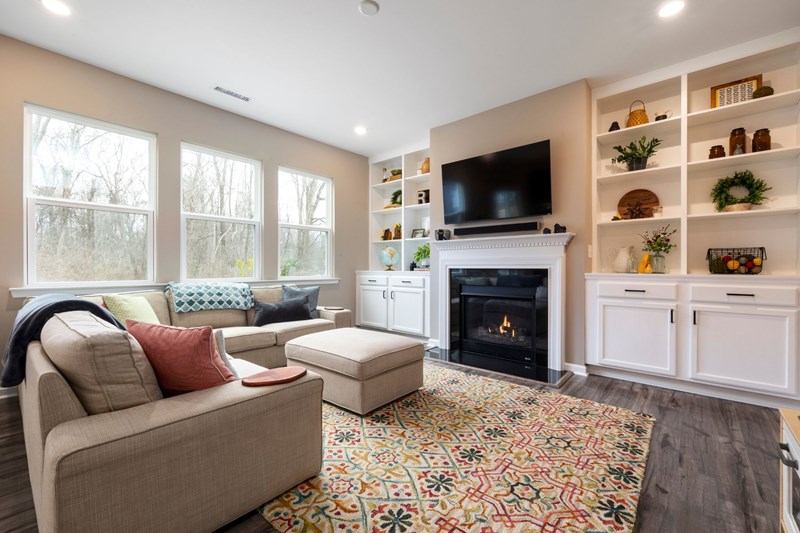Our blog
How to winter-proof your home and lower bills this season

With around 40% of the energy used in Australian homes being for heating and cooling, and energy prices set to rise steeply next month (by 25% in VIC and up to 23% in NSW, SA and south-east QLD) there’s never been a better time to start winter-proofing your home to help keep your power bills low.
Instead of cranking up the heating when the cold weather sets in, follow these handy tips to avoid your heating system (and wallet) having to work so hard this winter.
First things first – insulation
According to Sustainability Victoria, insulation is THE most cost-effective way to improve a home’s energy efficiency and ensure a more comfortable temperature year-round.
When compared to a property with no insulation, fully insulating a home can slash its heating and cooling costs by around 40 to 50%, with insulation generally paying for itself in around five to six years.
Depending on the property type, insulation is generally simple to retrofit in an existing property, and easily incorporated into new-builds or properties undergoing major renovations.
Do away with draughts
An estimated 25 per cent of a home’s heat loss is caused by gaps in windows and doors causing air leakage and draughts, but luckily, this is something that can be easily remedied.
Reduce draughts under doors by using a draught stopper– either a double-sided version that stays attached to the door when it opens or a traditional ‘door snake’ for doors to less trafficked areas.
Prevent and get rid of air leaks by applying weather seals to windows, skirting boards, skylights and cornices. If renting, be sure to check first with your landlord or property manager beforehand.
If you are looking to sell, especially if it’s an older house, always make sure all gaps and air leaks are sealed before any open homes.
Heat only what you need
To help keep bills low it’s a no-brainer to close off rooms not in use. Shut doors and vents to unused areas and only heat the rooms you’re using.
Ceiling fans - not just for summer
In winter, ceiling fans can improve heating efficiency by being used in reverse to push warm air downwards. Most ceiling fans will have a reverse switch on the side of the motor, while some newer models may have the reverse function built into the remote control.
Close the curtain on heat loss
A surprising amount of heat can escape through exposed window panes. Well-fitted window furnishings - whether shutters, curtains and blinds - trap a layer of air next to the window and do wonders for winter warming.
After keeping your window furnishings open to maximise heat from the daytime winter sun, be sure to close them well before sundown to prevent the cold night air from getting in.
Don’t overheat
It can be difficult to know what temperature to heat a home but also keep costs at a minimum. According to energy.gov.au, the ideal temperature to heat a home to in winter is between 18 and 20 degrees, with every degree over this equating to around 10 per cent extra to your power bill.
Be clever when choosing a heating system
If you’re considering installing a new heating system it pays to invest in the most energy and cost-efficient option – which not only saves you money in the short term but can add value to your home if you decide to sell down the track.
The main heating options include:
- Electric reverse-cycle air conditioners
- Electric or gas portable or installed heaters
- Ducted gas heating
- Electric in-slab floor heating
- Wood fireplaces
- Heat shifters
The best system is one that suits your home’s size and climate –too large or too small and it will use energy unnecessarily and cost more in the long run. Purchase, installation and running costs can also vary widely, so be sure to research each system first.
According to energy.gov.au the overall cost-effectiveness and sustainability of any system is maximised when power is sourced from solar panels, especially with solar battery storage now more economical to buy and install.
For more advice and tips on improving your home and preparing it for sale – during winter or any other season – speak to your local Hockingstuart office.